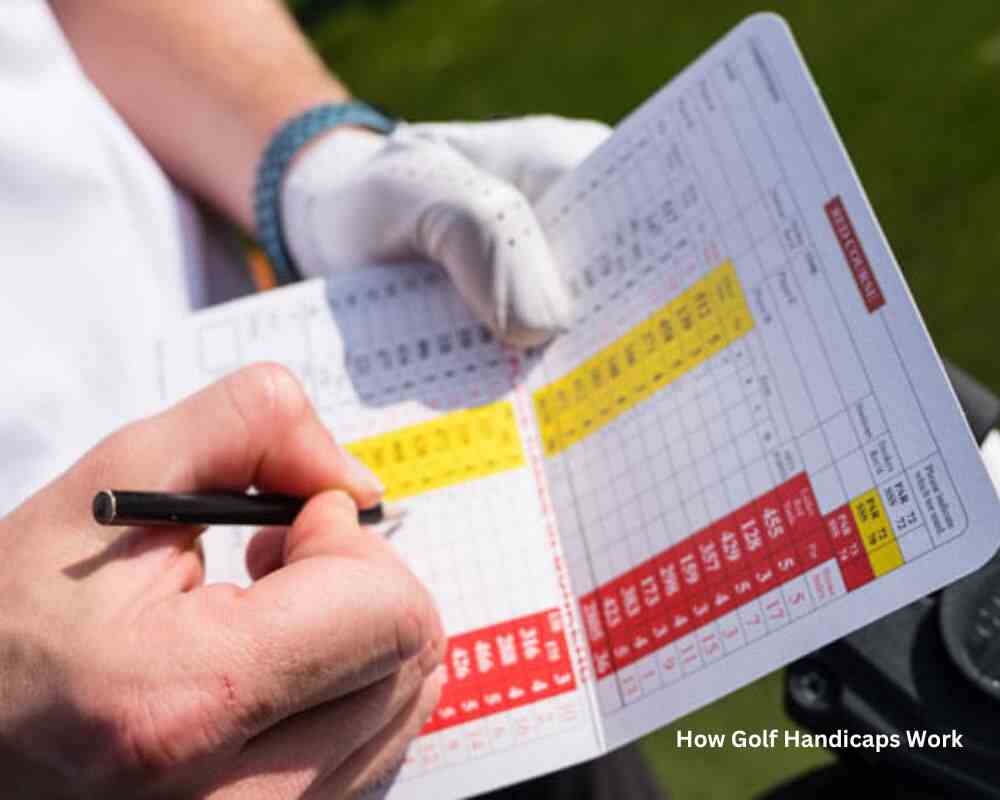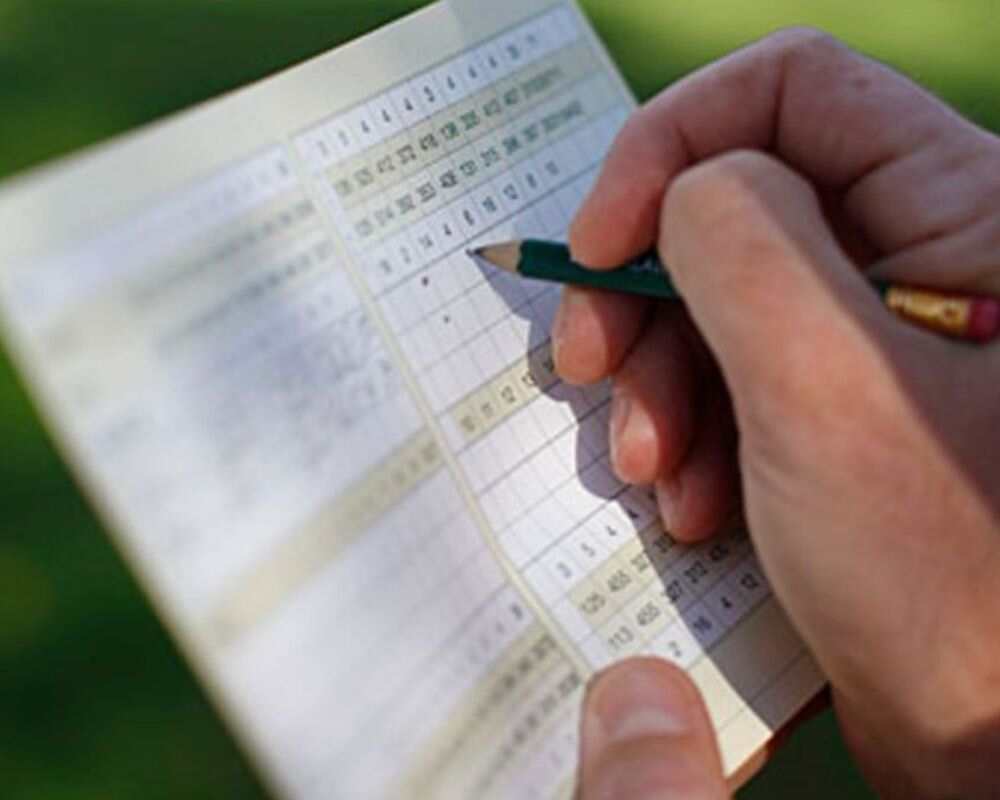As a beginner, it is challenging to compete with expert players. But thanks to the golf handicap system, it is designed to level the playing field. It ensures two players have a fair game whatever the skill level is.
But many amateur golfers don’t have a good understanding of this concept and are often confused about how golf handicaps work.
Golf handicaps are numerical measurements of a player’s skill. The number is calculated based on your previous round’s scores which implies your skill level. It is important to know your handicap in the game, because it is the best way to compare your performance with others.
The History of Golf Handicaps
Golf was started back in the 1800s. Since then, there have been many revolutions happening and the golf handicap is one of the most interesting. Actually, the system was made to pair less skilled golfers with experienced players so they can play a fair game on the field.
The history of golf handicaps in the United States is closely tied to the establishment of a single governing authority for the sport, the United States Golf Association (USGA). The USGA created a standardized handicapping system as it became more feasible.
In 1911, the USGA introduced the first national handicap system, which was based on the British three-score average system.
The major breakthrough in the development of golf handicaps came with the introduction of the “par rating” system. This innovative system assesses the average good score of a scratch golfer on every golf course. It helps the golfer compare their improvement on the course.
Over the years, the USGA handicap system has undergone continuous development.
Because this method heavily favored skilled players and made it exceedingly challenging for those with only a few solid rounds to establish a fair handicap.
However, the system didn’t work. The most significant and game-changing advancement was the introduction of the slope rating system. This system accounted for differences in difficulty between scratch and bogey golfers, making handicaps more equitable across all skill levels.
The combination of USGA Course and Slope Ratings laid the foundation for many other handicap systems worldwide.
How Golf Handicaps Work?

Golf handicaps may seem difficult to you, but it’s easy if you understand the concept. The great thing is that the handicap doesn’t depend on only one course. So whether it is an easy or difficult course, you will have only one handicap.
Here is what you need to understand:
Course Rating: The course rating is a number assigned to each golf course. It is the expected score of a hypothetical scratch (zero handicap) golfer playing 18 holes. It takes into account factors such as hole length, obstacles, and overall difficulty.
Slope Rating: The slope rating is another number that indicates the difference in expected score between a bogey player (a player with a handicap around 20-24) and a scratch golfer. A higher slope rating means the course is more challenging for higher handicap players.
Equitable Stroke Control (ESC): This systemlimits the effect of exceptionally high individual hole scores on a golfer’s handicap. It sets the maximum score a player can record on any given hole based on their course handicap.
How Do You Calculate A Golf Handicap?

Here is the formula that helps to calculate handicap for one round of golf course:
(Adjusted Score – Course Rating) x 113 / Slope Rating
- Adjusted Score: Your equitable stroke control (ESC) adjusted gross score for the round (total strokes taken after applying any ESC adjustments).
- Course Rating is the difficulty of the course for a scratch golfer.
- Slope Rating is the relative difficulty of the course for an average golfer.
This is the only handicap differential. For your official handicap, you need to keep track of your golf scores for at least five rounds of 18 holes (or ten 9-hole rounds).
Your official handicap index is equal to your lowest single handicap differential. In the case of more than twenty official rounds, your handicap index is determined by the average of your lowest ten handicap differentials.
Well, you don’t need to calculate all the details. The USGA’s software will automatically update your handicap.
Do You Need A Golf Handicap?
Many recreational golfers play without an official handicap and still have a great time on the course. If you’re just starting or play golf occasionally for leisure, you do not feel the need to get an official handicap.
However, if you become more serious about the game or want to participate in golf tournaments, obtaining a handicap can be beneficial.
To establish an official handicap, you should register with a recognized golf association or club, which will provide you with a handicap index based on your golf scores.
If you plan to participate in golf tournaments or competitions, having a handicap allows you to compete on a level playing field with other golfers. Handicaps ensure that players of different skill levels have a fair chance of winning, making the game more enjoyable for everyone.
A handicap provides an objective measure of your golfing abilities over time. As you improve, your handicap will decrease, reflecting your progress and skill development.
Handicaps help you adjust your scores based on the difficulty of the course you’re playing on. This way, you can compare your performance on different courses and assess your golf performance more accurately.
Moreover, some golf clubs may require potential members to present a handicap before joining as it helps ensure that members can participate in club competitions and events.
How Can You Improve Your Handicap?
Improving your golf handicap requires consistent practice, dedication, and a well-rounded approach to developing your game. Start with improving your short game. The majority of golf shots are made within 100 yards of the hole.
Invest time in practicing your chipping, pitching, and putting skills. A strong short game can save strokes and lower your score. Don’t neglect the driving range.
Regular practice sessions will improve your swing mechanics and ball-striking consistency, translating into better performance on the course.
Consider taking lessons with a golf professional. They can analyze your swing, offer personalized tips, and help you develop a more effective and consistent technique.
Golf can be emotionally challenging, especially when faced with setbacks during a round. Stay focused and maintain mental resilience. A positive mindset can positively impact your performance.
Don’t shy away from challenging courses or playing with more skilled golfers. Embracing challenges helps you learn and improve faster. After each round, assess your performance objectively. Establish specific goals for practicing and identify areas for improvement.
Lastly, ensure your golf clubs and equipment are in good condition. Replace worn-out grips and make sure your clubs are fitted to suit your swing. Proper equipment can make a significant difference to your game.
Frequently Asked Question (FAQs)
What is a beginner’s golf handicap?
A beginner golfer typically starts with a handicap of 36 or higher. A handicap of 36 is often referred to as the “maximum allowable handicap” for men and women. If a beginner golfer improves and records more scores, their handicap will start to decrease.
What does a +7 handicap in golf mean?
In golf, a +7 handicap (sometimes written as “plus 7”) is an excellent level of play. A golfer with a +7 handicap typically shoots scores significantly below the course rating on most courses.
It means they consistently play at a high level and can be competitive in advanced tournaments and competitions.
What is my handicap if I shoot 100?
If you shoot 100, the handicap will be 100-72=28.
Well, you can’t determine your handicap by a single score. Shooting 100 in one round would be a starting point, but you would need to record several more scores to calculate your official handicap.
What is a good handicap in golf?
Generally, a handicap between 10 and 18 is considered good for amateur golfers. A handicap of 10 or lower indicates a skilled player who consistently shoots scores close to par.
Handicaps in the range of 11 to 18 still reflect a solid level of play and can compete well in club tournaments and casual rounds.
Final Words
A golf handicap is a great way to judge a player’s ability in the game. It gives the average skill level. By doing so, golfers of varying skill levels can compete fairly and equally.
It gives you a chance to win a round with experienced golfers. Simply, it is a great step in improving your game.
